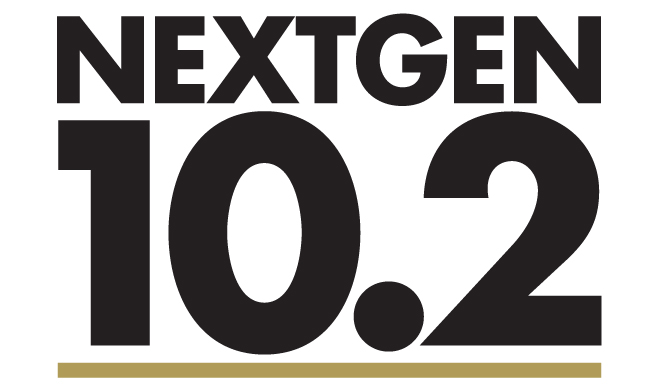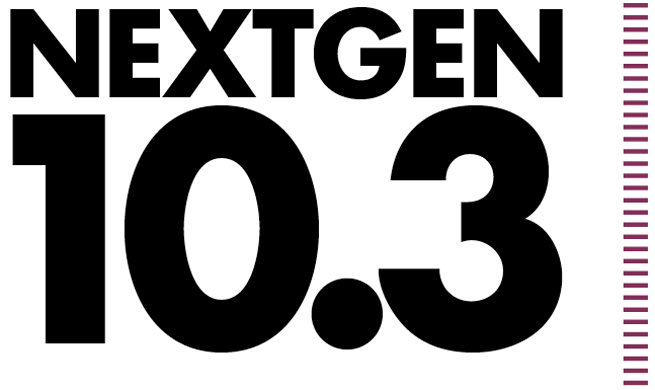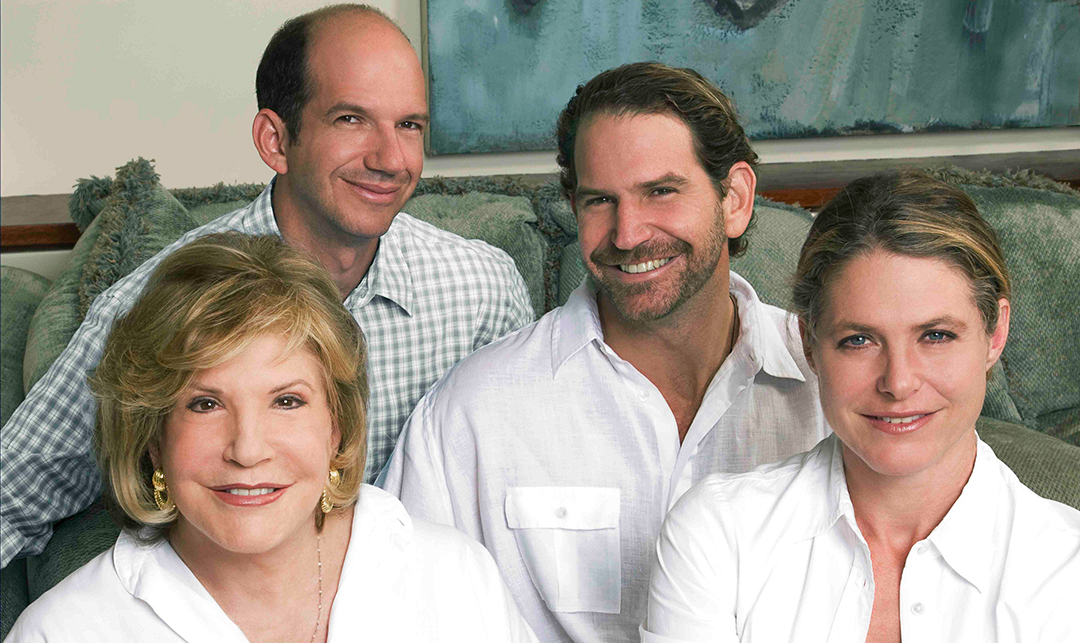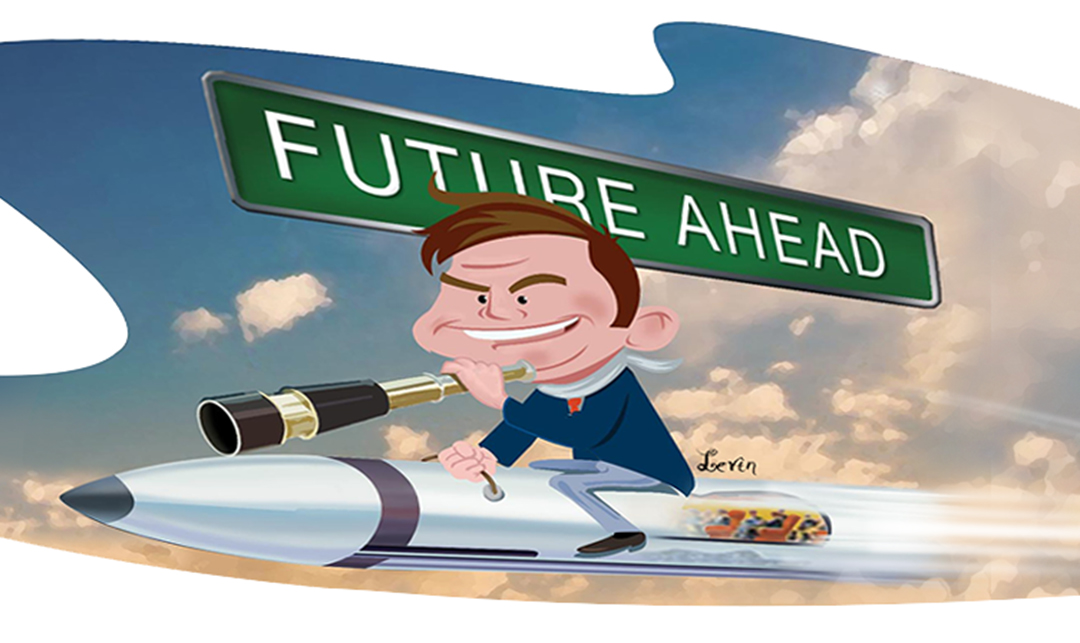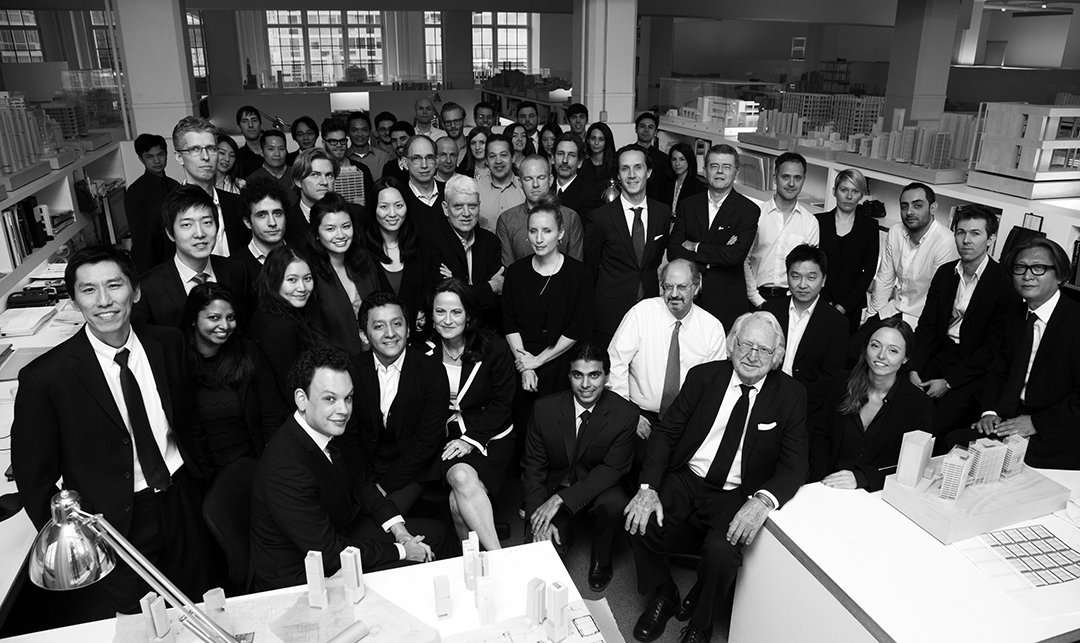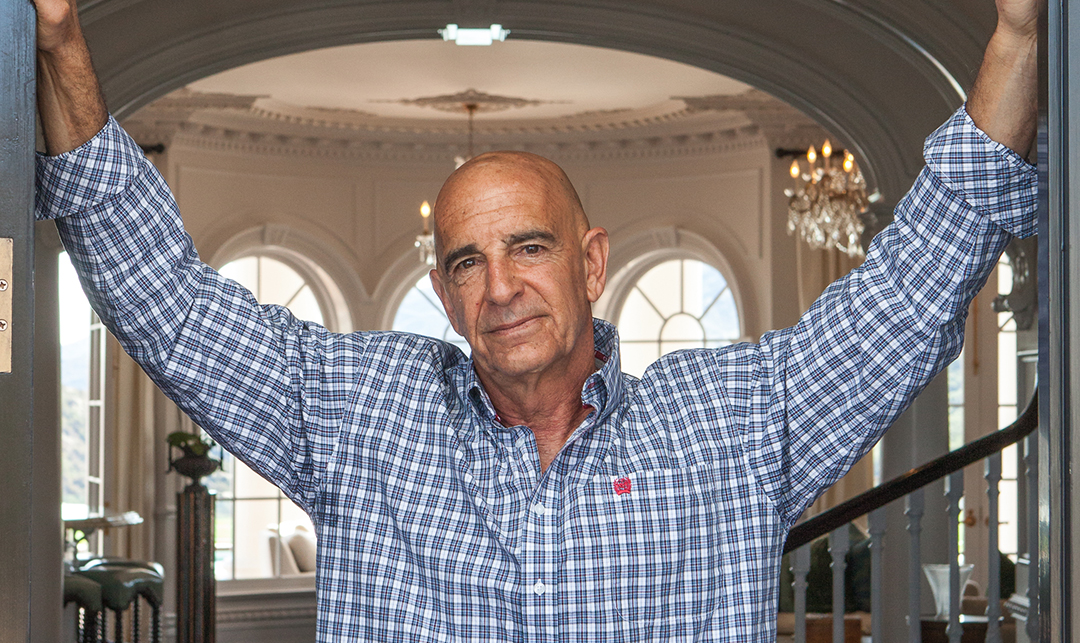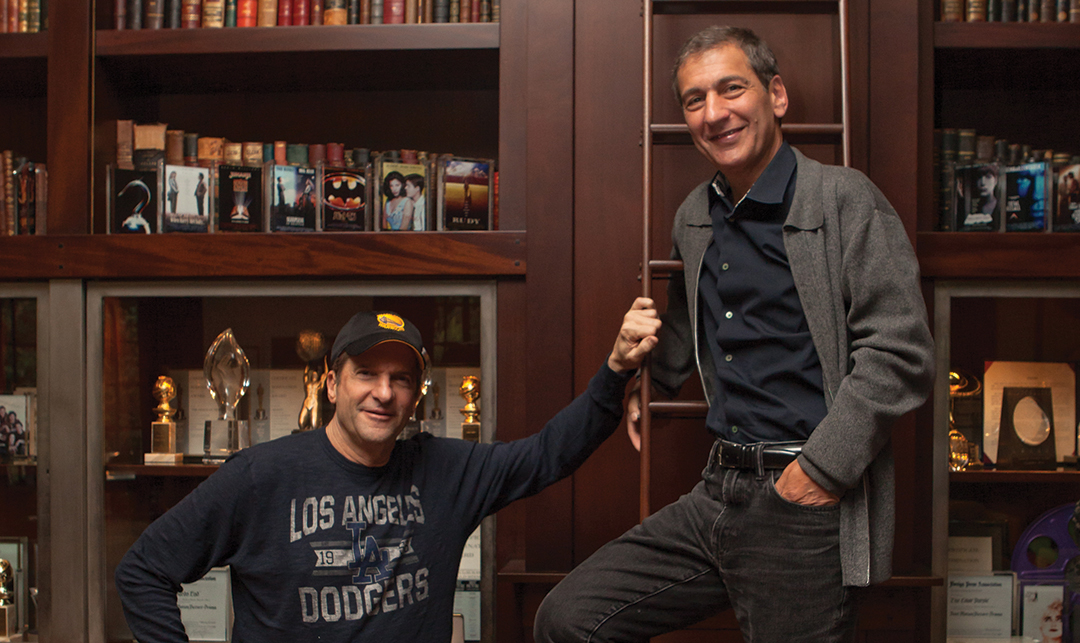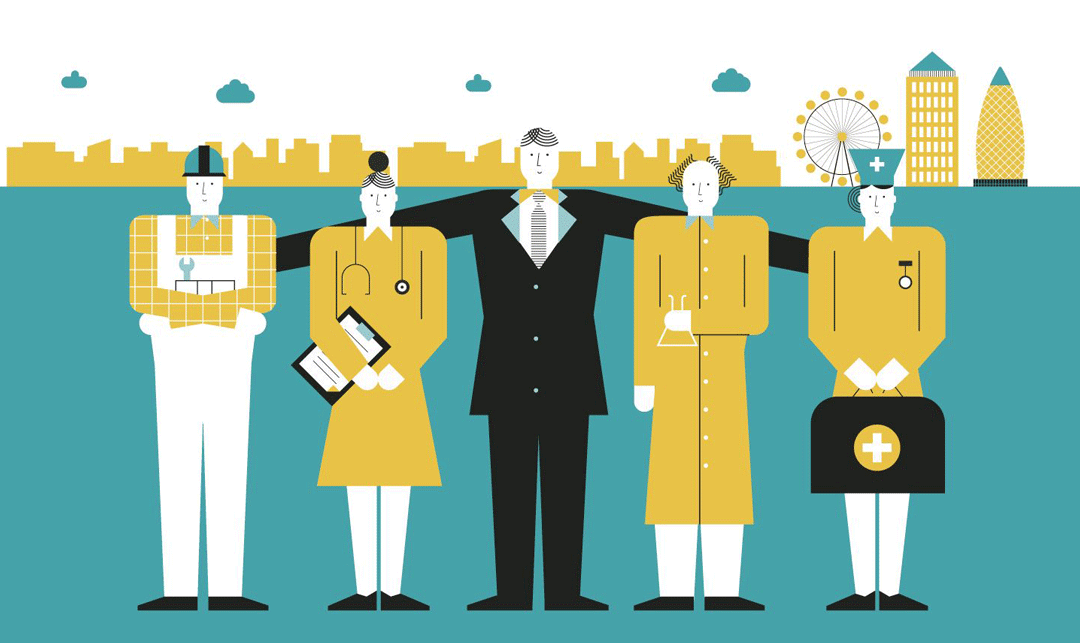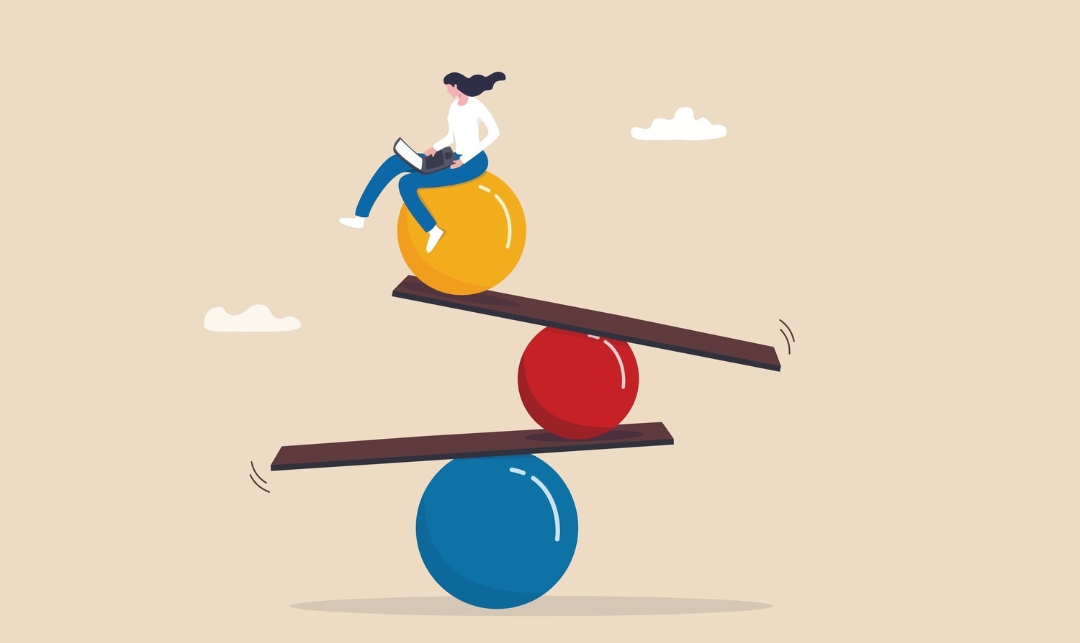To gain insights into maintaining work-life balance as a CEO, we asked 20 CEOs and founders to share their strategies. From using the “marathon metaphor” to the idea of loving your work, these leaders offer a wealth of advice for achieving equilibrium in this demanding leadership role.
USE THE “MARATHON METAPHOR” FOR WORK-LIFE BALANCE
Finding work-life balance as a CEO is not unlike the preparation and determination required to run and win both a marathon and an ultra-marathon. It’s not about how fast you can sprint; it’s about maintaining a sustainable pace over an extended period. I learned this when I ran and won my first marathon, and then ran and also won my first ultra-marathon.
In both cases, it wasn’t the quickest bursts of speed that got me to the finish line; it was consistent, well-paced strides and taking those crucial breaks to rejuvenate, akin to metaphorical ice baths amid life’s race. It’s about valuing the journey, the process, as much as, if not more than, the destination.
Most importantly, it’s about injecting each hour of your life—whether that’s in the boardroom, the family dinner table, or in solitude—with quality and purpose.
Peter Lewis, CEO and Founder, Strategic Pete
FOCUS ON FLEXIBILITY AND INTEGRATION
The key is flexibility. Remember, things won’t always look or feel balanced. There will always be times of high stress and sacrifice, but there should always be time for fun, too. Focus on integrating the different parts of your life: your needs, your loved ones, your interests, and your health.
Figure out what time of day you are most productive and do the bulk of your deep work then. Take it easy on yourself, keep in mind the importance of delegation to others, and actively work to avoid burnout.
Victoria Latifses, Founder and CEO, and Clinical Psychologist, Embodied Psychotherapy

HAVE SEPARATE PHONES FOR WORK AND LIFE
One hack that I have found very useful is maintaining separate work and personal phones. This allows you to psychologically “leave work at the front door” when you get home, by putting your work phone to one side. I always leave it on in case of an emergency, and key team members also have my personal number if they ever need to get in touch out of hours or at the weekend.
Having that separation means you can dedicate focus to family and personal time without the potential distraction of work in your pocket. We all know maintaining a balance and having time away from work is important in keeping perspective, and this tip helps hugely in that.
Ben Foster, CEO, The SEO Works
TIME-BLOCK AND INCLUDE A CUT-OFF TIME
Work-life balance—the Holy Grail for any CEO, am I right? One thing that’s been a game-changer for me is “time-blocking.” Hear me out: I dedicate specific chunks of time each day to focus solely on one task, whether it’s running a team meeting or spending time with my family. It’s nonnegotiable; once it’s in the calendar, it’s sacred.
And, get this, I also have a hard cut-off time for work each day, no matter what’s on fire. It’s tempting to keep grinding, but setting this boundary allows me to recharge and brings a fresh perspective to challenges. This way, I’m all in, whether I’m at work or home. Trust me, your business and personal life will both thank you.
Lou Reverchuk, Co-founder and CEO, EchoGlobal
PRIORITIZE SOLITUDE FOR CLEAR-HEADED DECISION-MAKING
Practicing solitude involves setting aside time for deliberate boredom, which allows for reflection and clear-headed decision-making.
I turn off all gadgets, close the door, and sit quietly for 10-40 minutes each day. I can think about whatever I want, whether it’s about my decisions, food, reflecting on the past, or not thinking at all. There’s no wrong way of doing it. I don’t know exactly how it works, but I am sure it helps me be a better friend to myself. I also think it has helped me maintain a healthy work-life balance and contributed to significant growth in our company, which has almost doubled in size.
Vladislav Podolyako, Founder and CEO, Folderly
TRY A FOUR-DAY WORK WEEK
The inception of my company was to achieve this very thing: a better work-life balance for not just me, but for everyone within a company. The way we did this is through creating four-day work-week recruitment platforms.
Our experience has shown that this strategy not only enhances productivity but also provides our team with the time they need to recharge. It allows everyone to return to work with renewed energy, resulting in more focused and efficient output, all while meeting our objectives and deadlines.
The simple fact is, burnout and workplace anxiety can’t be cured, but they can be regulated. The best way to do so is by implementing flexible hours and offering a shorter work week.
Phil McParlane, Founder and CEO, 4dayweek.io
SIMPLIFY YOUR PERSONAL LIFE FOR FREE TIME
One thing I learned early on as a CEO is that it’s very hard to control work demands. When you’re at the top, you can’t just shut down your phone at 5 p.m. and say, “See you tomorrow.” Such black-and-white compartmentalization of work and personal life just isn’t possible.
So, my solution was to simplify my personal life. I sold my rental properties and reinvested in less time-intensive assets, stepped back from a couple of ongoing social commitments, and moved closer to our office. This allowed me to make more of the free time I do have and focus on the things that matter most to me: family, friends, travel.
Basically, I got honest with myself about how much free time I could really expect, and instead of cutting time at work, I refocused my personal life to maximize my most cherished things and activities.
John Ross, CEO, Test Prep Insight
DELEGATE TASKS AND TRUST YOUR TEAM
As a CEO, I once thought running on caffeine and skipping family dinners was a badge of honor. But then I realized, if I’m the bottleneck for every decision, I’m neither an effective leader nor a present family member.
So, I started delegating not just tasks, but also trust. It’s like letting someone else cook dinner once in a while; it might not be your recipe, but it’s still delicious, and you get to enjoy it with family. Remember, the company logo might be on your business card, but it’s not tattooed on your soul.
Give both your business and your personal life the undivided attention they deserve, just not always at the same time!
Alex Stasiak, CEO and Founder, Startup House
LEVERAGE TECHNOLOGY
I prioritize work-life balance by leveraging technology. I use advanced project management tools and collaboration platforms that keep me connected with our global team while allowing me to manage my time effectively.
Setting clear boundaries, such as designated work hours and personal time, is crucial. Embracing technology has enabled me to balance leadership responsibilities with personal life, ensuring I can lead TechAhead effectively while also enjoying quality time with my family and pursuing personal interests.
In a fast-paced IT world, this strategy empowers me to maintain equilibrium, benefiting both my professional and personal well-being.
Vikas Kaushik, CEO, TechAhead
OVERLAP ACTIVITIES, NOT MULTITASKING
With only 2.5% of people multitasking effectively, it’s one of the most well-intentioned but poorly executed strategies busy CEOs use to save time. At work, I dedicate myself to single-tasking on deep-focus work and look for ways to overlap activities only when it makes sense, like “lunch and learns” or catching up with a colleague during a work break.
At home, the same approach applies. I take up a hobby with my family so that we can spend time together, or go for hikes with a colleague I was already planning to catch up with soon. When you can find ways to “double-dip” your time, you can fit so much more in without feeling frazzled.
David Janovic, Founder and CEO, RJ Living
BUILD A STRONG TEAM
The strategy that’s worked for me is nothing revolutionary or groundbreaking: Build a strong team, train them well, and delegate to them effectively.
My goal as a CEO is always to set up the team so that they could potentially run without me. Granted, there are always some things that the leader needs to handle personally, but the more day-to-day tasks are handled by your team, the easier it will be for you to maintain a healthy work-life balance.
It also gives you more time to think about the big-picture vision and planning. This makes the company stronger and more profitable, because you’re able to seize more opportunities and be more strategic with your decisions. This helps with your work-life balance, as well, because you’ll be able to plan well ahead rather than rushing up against deadlines, making it more likely you’ll be able to leave work at work and take enough time for yourself and to spend with your family regularly.
Jon Hill, Chairman and CEO, The Energists
KEEP WORK AT WORK
Depending on who you ask, most CEO respondents will have a different set of strategies for maintaining a positive work-life balance. Some CEOs are avid runners or work out every day. Prioritizing one’s health and fitness is crucial for being an effective leader, for sure. Some would rather turn the focus on their internal lives through regular meditation.
It is important to keep your body and mind in good shape as part of the necessary upkeep we should all be doing already. One thing that springs to mind is that so many CEOs, myself included, do not leave work at work.
Inevitably, you will sometimes need to bring work home, but if at all possible, try to keep that to the bare minimum. That way, when you clock out for the day, you truly are off the clock. Your home should be your sanctuary, a place to spend time alone or with loved ones. Bringing work home with you just makes it feel like an extension of your office, and that’s detrimental to your work-life balance.
Francois Gouelo, Co-founder and CEO, Enso Connect

SHIFT YOUR PERSPECTIVE TO HARMONY OVER BALANCE
I don’t believe in work-life balance; I believe in work-life harmony. Work-life is a forced compartmentalization that connotes “work” as a chore. Work-life harmony centers on a holistic, integrated approach that underscores the power of enjoying both areas of your life.
With that mindset, I keep a few things in mind. Quality over quantity—this applies to both work and time with my family. When I’m working, I’m super-focused, which makes me far more efficient and effective. When I’m hanging out with my toddler and newborn, I’m phone-free and present.
Prioritization is also key. I spend energy on the needle-movers and let go of everything else. Sure, I’d like my home to look like it belongs in a magazine, but what’s more important is our sacred bedtime rituals with the kids.
I also believe in staying agile and flexing up and down in areas of life where I’m needed most. And when both areas get more demanding than usual, I’ve learned to delegate as much as possible.
Alicia Yoon, Founder and CEO, Peach & Lily
SCHEDULE NON-WORK HOURS DILIGENTLY
As CEOs, we take time to plan everything in our daily work schedules, and that same diligence should apply to our lives, away from those responsibilities, in order to find the work-life balance we desire. Whether it is because our free time comes with a sense of happenstance and spontaneity, or whether it is because structuring it into formal blocks of time seems to mimic work, we tend to shy away from scheduling those hours.
However, in failing to schedule our free time with the same level of discipline we do our work lives, we do not give the appropriate hours to family, friends, our health, hobbies, and other away-from-the-office aspects, which leads to wasted opportunities. By being as diligent in scheduling our nonwork hours as we do those when we are on the job, we can ensure that we will make more valuable use of that time and find a better sense of work-life balance.
Cody Candee, CEO, Bounce
RANK DAILY TASKS WITH A TIME-MANAGEMENT FRAMEWORK
CEOs, along with other professionals, often struggle to find the right balance between work and life due to issues with prioritization. Mastering time management is a way to allocate enough time for both work responsibilities and personal pursuits.
I recommend having a time-management framework in place that allows for planning daily tasks and ranking them by urgency and importance. The trick here is to combine work and personal to-dos so that both aspects are treated with the same care. To prevent emergencies from disrupting the to-do list, it’s beneficial to include a few hours of contingency time in the day. This helps address emergencies without falling behind on to-dos.
Tatsiana Kirimava, Co-founder and CEO, Orangesoft
FOCUS ON WORK-LIFE INTEGRATION RATHER THAN BALANCE
I never understood the concept of trying to balance work versus life. I look at it more as work-life integration. This perspective helped me tremendously as I was coming up the ranks, and now, as a CEO, it still applies.
To effectively lead a business, I’m constantly thinking about our current and future strategies. Mixed in with my thoughts about work are all the things I need to do for my other roles, like being a husband, community member, etc.
By integrating various tasks for my other roles into my day of leading my business, I can ensure my “CEO role” doesn’t completely take over the responsibilities of my other roles. My perspective of work-life integration results in achieving a healthy balance.
Chris Klein, Founder and CEO, AstroRover
ESTABLISH A “NO-TECH” ZONE AT HOME
Digital technology has kept us connected like never before, but it also has the negative quality of never letting us escape our work. That is why a great way for a CEO to maintain work-life balance is to establish a “no-tech” zone in our homes. Between laptops, smartphones, and other mobile devices, it seems as if our work follows us no matter where we go, and this can quickly lead to burnout.
However, by establishing a “tech-free” zone in your home, you can disconnect from your office and not be tethered to your work by emails, instant messages, or phone calls. This will allow you to enjoy the other attributes of your life and be present for those around you. In creating a “tech-free” zone in your house, you will make certain that your work stays at the office and better enhance your work-life balance in the process.
Ryan Rottman, Co-founder and CEO, OSDB Sports
PRIORITIZE SELF-CARE FOR BALANCE
One strategy I recommend for maintaining work-life balance as a CEO is to make sure you are taking care of yourself. I used to think that if I worked more, I would be less likely to have to work so much. But what I’ve come to realize is that if you don’t take care of yourself, then you can’t be at your best when you’re working—and that’s not good for anyone.
So, make sure you’re getting enough sleep and eating well! And don’t forget to exercise! You’ll be surprised at how much better your brain works when it has all its energy reserves filled up with fresh blood from a good workout.
Arvin Khamseh, CEO, Sold Out NFTs
EMBRACE “PAUSAS” FOR DAILY BALANCE
As with brewing the ideal cup of coffee, online coffee shop owners must establish a work-life balance. Finding balance in a successful business is difficult. This method has helped me on my coffee-focused path, and I encourage other food and drink CEOs to adopt it.
The Pausa’s Influence: Embrace Italy’s Coffee Culture
Italians drink espresso daily. Not only is the coffee strong, but so is their drinking style. As a foreigner, I appreciate this Italian way. This means taking a break to sip your coffee and clear your mind.
CEOs can easily let work take over their life because they are always in meetings, sending emails, and working. Small, planned pauses throughout the day, which I call “pausas,” might help you achieve a work-life balance.
Sip with “pausas.” Be mindful and present. Relax and drink your coffee without worrying about the future. Smell and taste it to distract yourself.
Alex Mastin, CEO and Founder, Home Grounds
LOVE YOUR WORK
As a CEO, work-life balance isn’t as important as simply learning to love the work you do. There’s the belief that you’re supposed to do the work you love, but success in business often requires taking ideals with a pinch of salt. What’s important for CEOs is to build a strong work ethic, to dig into the details, and really immerse themselves in their role. The same goes for all professionals, really.
If you can’t stand your job, that’s one thing. But most of us will find success in our work as long as we’re willing to give it our best.
Gates Little, President and CEO, altLINE Sobanco
Featured connects subject-matter experts with top publishers to increase their exposure and create quality, ready-to-publish Q&A content.





